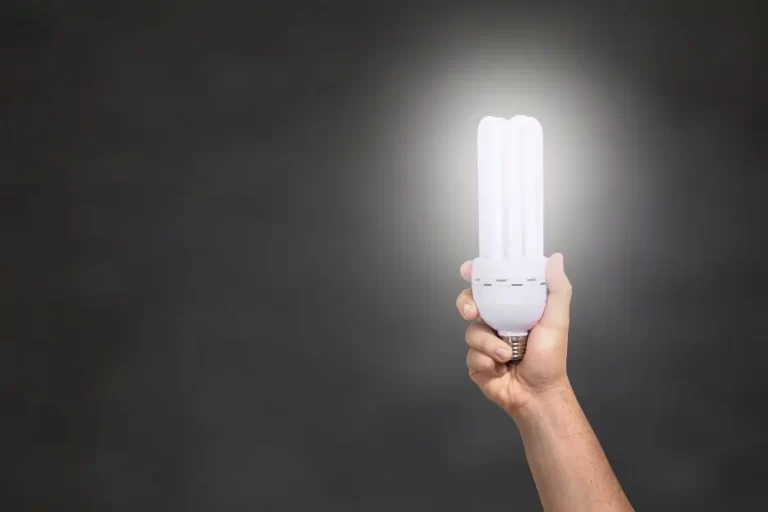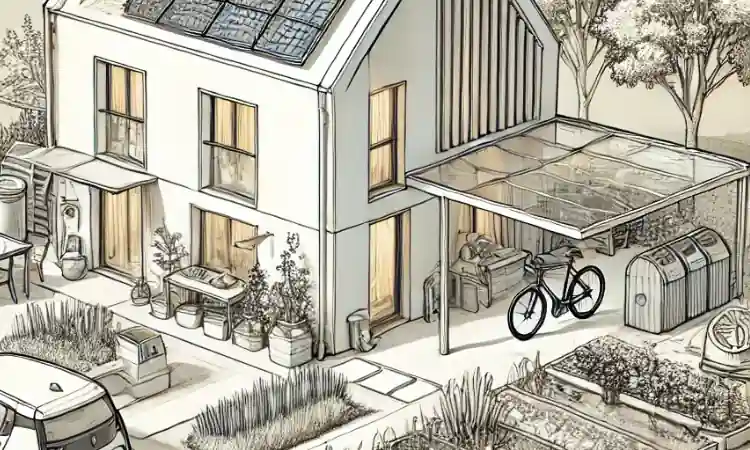10 Tips to Keep Your Home Cool in Heatwaves
As climate change takes affect the frequency and intensity of heatwaves is increasing. This makes the ability to keep your home cool more than a matter of comfort, it’s a necessity.
Here are 10 effective tips to keep your home cool in a heatwave, with actionable steps for each.
1. Open Windows Strategically
Why It Works: Opening windows at the right times encourages cross-ventilation and draws cooler air in.
How To Do It:
2. Close Blinds & Curtains During the Day
Why It Works: Around 30% of unwanted heat comes from windows. Keeping blinds or curtains closed, especially those that face the sun, can reduce indoor temperatures significantly.
How To Do It:

3. Use Fans Wisely
Why It Works: Fans don’t lower room temperature, but they make you feel cooler by evaporating sweat.
How To Do It:
4. Turn Off Heat-Producing Appliances
Why It Works: Many appliances give off heat, even when not in use, adding to indoor temperatures.
How To Do It:

5. Switch to Light-Coloured Bedding & Fabrics
Why It Works: Lighter colours reflect heat, while darker ones absorb it.
How To Do It:
6. Seal Gaps & Insulate Properly
Why It Works: Insulation isn’t just for winter, it also helps keep heat out during summer.
How To Do It:
7. Create Shade Outside Your Home
Why It Works: Blocking the sun before it hits your home can reduce indoor temperatures significantly.
How To Do It:

8. Cool Yourself, Not Just the Room
Why It Works: Regulating your body temperature is key when the house is hot.
How To Do It:
9. Use the Loft Hatch Trick
Why It Works: Hot air rises and can accumulate in upper areas of the home.
How To Do It:
10. Install Reflective Window Film
Why It Works: Reflective films reduce solar gain through windows, limiting temperature increases caused by sunlight.
How To Do It:
Heatwaves: Adapting to a Warming World

As climate change leads to more extreme weather, including frequent heatwaves, it’s essential to make our homes more resilient.
By implementing these 10 practical tips, you can protect your home, and your health, during heatwaves while contributing to a more sustainable future.
Plus, adopting energy-efficient cooling strategies not only keeps you comfortable. It can also help reduce reliance on air conditioning, lowering your carbon footprint and energy bills.
Editors Recommended Posts:
Sustainable Living: Practical Actions That Save You Money
Home Improvements & Actions to Support Nature
Make My Home Sustainable: Practical Guide to Getting Started
Lastly, for more handy sustainability tips and insights, follow us on our social media channels:







